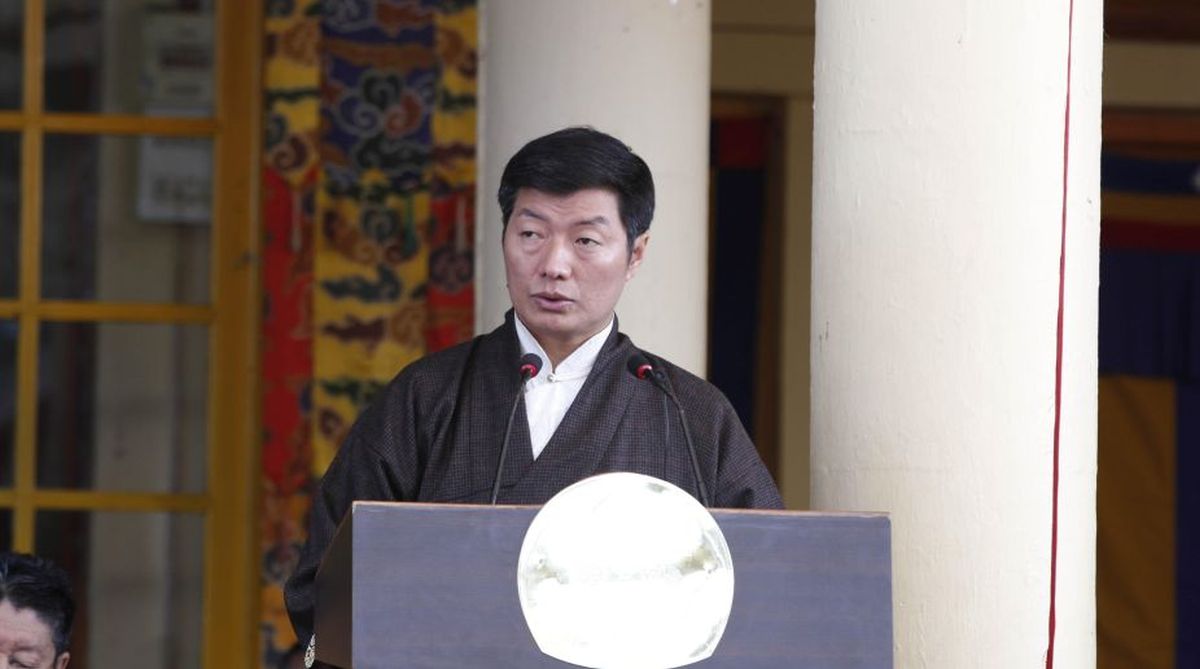Govt provides Z-category security to Dalai Lama
The charge of security for the spiritual leader has been assigned to the Central Reserve Police Force (CRPF), which has a special wing for VIP security.
The Department of Information and International Relations (DIIR) will release report ‘Tibet Was Never A Part Of China But The Middle Way Approach Remains a Viable Solution.’

Tibetan Prime Minister Lobsang Sangay (Photo: IANS)
The Central Tibetan Administration (CTA) would release report on issues faced by Tibetans and promote the “middle way” approach to resolve the crisis.
The Department of Information and International Relations (DIIR) will release report ‘Tibet Was Never A Part Of China But The Middle Way Approach Remains a Viable Solution.’
Advertisement
The report published in Tibetan, English and Chinese languages, would be launched by Prof Anand Kumar and CTA president Dr Lobsang Sangay in Delhi on Monday on 29 October. DIIR’s International Relations Secretary and CTA spokesperson Sonam Norbu Dagpo said regardless of how much the Chinese government attempts to cloud the world’s view of Tibet, they would continue to highlight their issues.
Advertisement
“As long as Tibetans and their supporters continue to publish and promote information that reveals the truth of what goes on in the region, the push for the rights of Tibetans will continue. This report marks the CTA’s current contribution to this effort,” he said. The report is organised into nine chapters that cover self-immolations, human rights, cultural genocide, the history of Tibet’s status, the environment, urbanisation, economic development, the reincarnation of Dalai Lama and Middle Way Policy.
The launch will be followed by a plenary discussion on the topic ‘Changing Geopolitics: Why Tibet Remains the Core Issue in India-China Relations’.
The plenary discussion will bring together a select group of scholars, experts, academicians, diplomats and journalists for a discussion covering various aspects of the India- China relations viz. territorial and border disputes, water feuds, environmental aspects, diplomatic relations, policy implications etc, and dwell into how and why Tibet forms the very core of India-China relations.
Advertisement